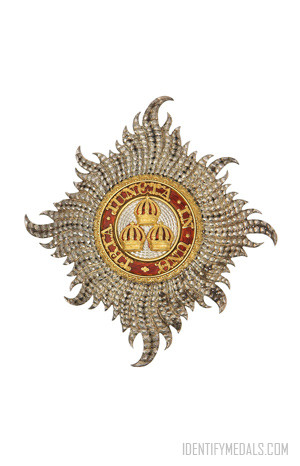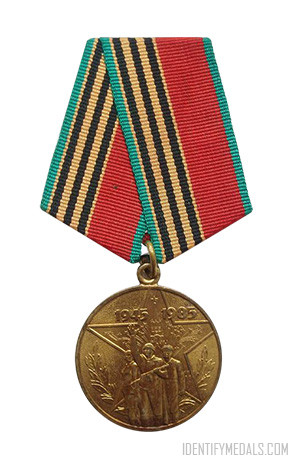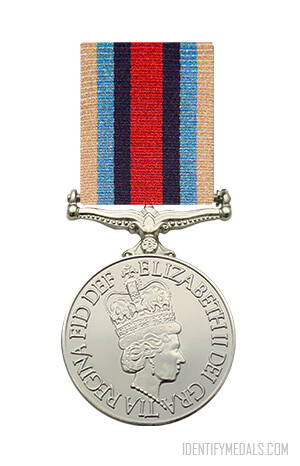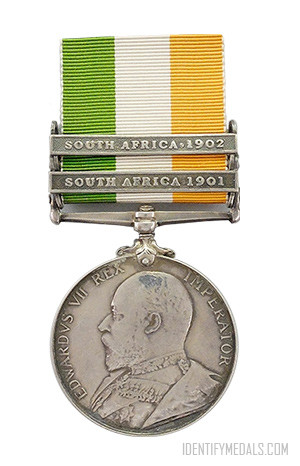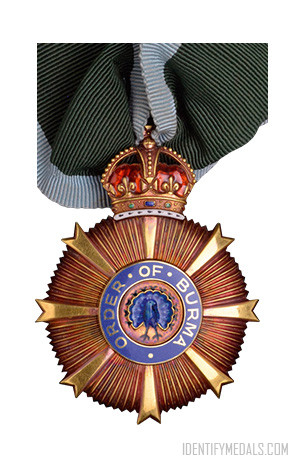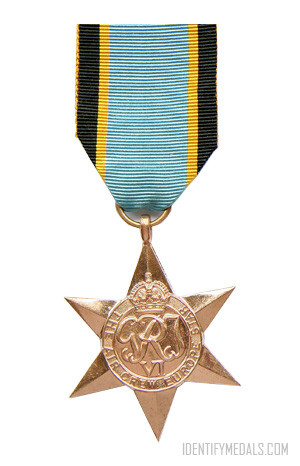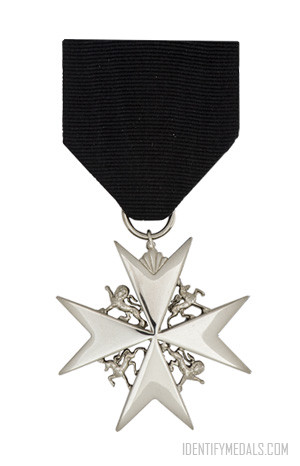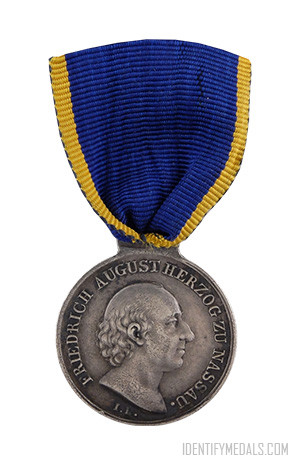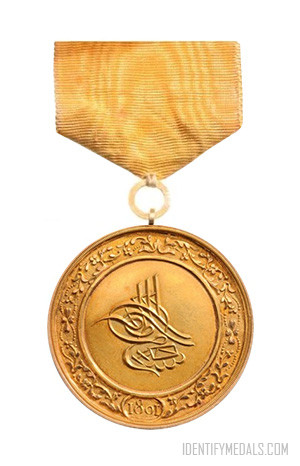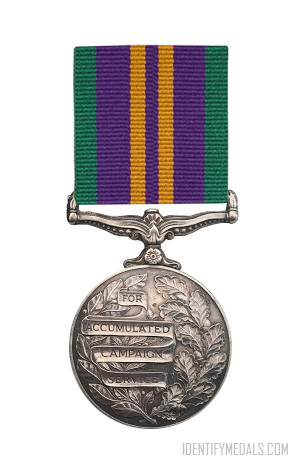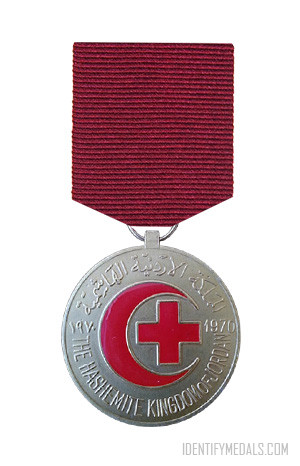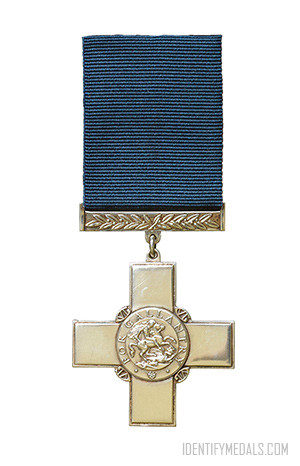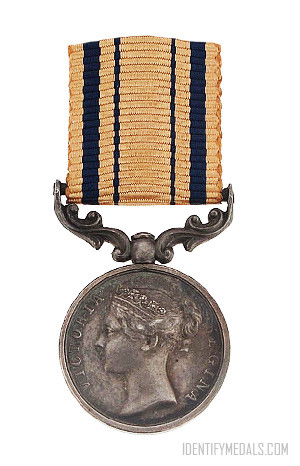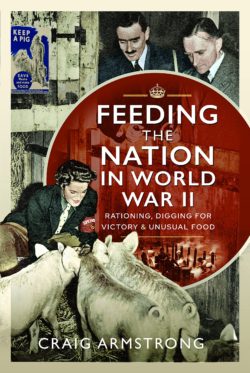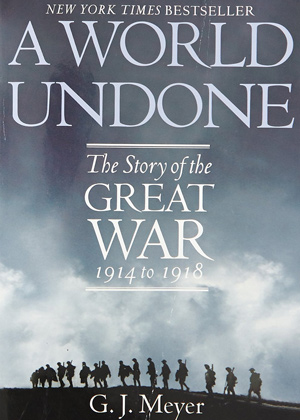- Time Period: Pre-WW1
- Year of Institution: 18 May 1725
- Country: Great Britain
The Most Honorable Order of the Bath (also knows previously as “The Most Honorable Military Order of the Bath“) is a British order of chivalry founded by King George I on 18 May 1725 and erected into a regular Military Order.
The name Order of the Bath is derived from the ancient practice of ritual purification by bathing, symbolizing spiritual cleansing and renewal. In medieval times, knights were often ceremonially bathed before being dubbed into chivalric orders, signifying their commitment to noble ideals and virtues. The knights product of this ceremony were known as “Knights of the Bath“.
The Order was re-organized in 1815 in two divisions: Military and Civil. Members can belong to either the Civil or the Military Division. Before 1815, the order had only a single class (Knight Companion), but it no longer exists.
The Order of the Bath Classes
The Order of the Bath consists of three classes, each with its own distinctive medal. These three classes of the Order of the Bath recognize different levels of achievement and service to the British Crown.
Knight Grand Cross (GCB): The highest class of the Order is awarded for the most exceptional acts of service and gallantry. Recipients of this honor are entitled to wear a star and a badge.
Knight Commander (KCB): The second class is awarded for distinguished service and gallantry. Recipients of this honor are entitled to wear a star and a badge suspended from a crimson ribbon worn around the neck.
Companion (CB): The third and lowest class is awarded for meritorious service and gallantry. Recipients are entitled to wear a badge only.
A Brief History of the Order of the Bath
The origins of the Order can be traced back to the medieval period, with its establishment formally documented in the early 18th century. The modern incarnation of the Order of the Bath was founded by King George I of Great Britain in 1725. The king established the order as a means of recognizing and rewarding military and civil merit within his realm.
During the Napoleonic Wars of the late 18th and early 19th centuries, the Order of the Bath experienced a period of revival and expansion. It became one of the most prestigious honors bestowed by the British Crown, awarded to military officers and civil servants for distinguished service, bravery, and leadership in times of conflict.
Over the centuries, the Order of the Bath has continued to evolve, adapting to changes in British society and the nature of warfare. It remains an important institution, honoring individuals who have made significant contributions to the nation, both in times of war and peace.
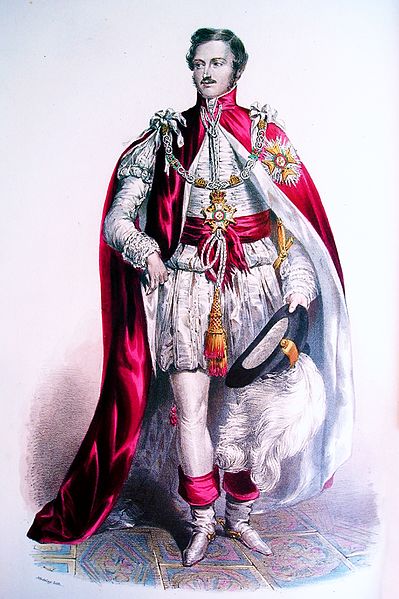
The Most Honorable Order of the Bath Medal Design
Members of the Order wear elaborate costumes on important occasions (such as its quadrennial installation ceremonies and coronations), which vary by rank.
The star is a silver flaming star surmounted by a circular gold band enameled red bearing the motto around the top and laurel around the foot. It encloses three gold crowns enameled in red. The collar chain is made of gold and composed of nine crowns and eight devices (a rose, a thistle, and a shamrock), connected by gold, white-enameled knots. The collar badge is a skeletal gold badge with an oval collar and the inscription “TRIA JUNCTA IN UNO” (or “Three joined in one” in Latin) in white enameled letters. The inscription encloses a thistle, rose, and shamrock. The sash badge is similar to the collar one, but smaller and without white enamel. The ribbon is 38 millimeters and deep red.
The military badge is a gold Maltese Cross of eight points, enameled in white. Each point of the cross is decorated by a small gold ball, and each angle has a small figure of a lion. The center of the cross shows three crowns on the obverse side, and a rose, a thistle and a shamrock emanating from a scepter on the reverse. Both are surrounded by a red circular ring bearing the motto of the Order and flanked by two laurel branches, above a scroll bearing the words Ich Dien in gold letters.
The civil badge is a plain gold oval bearing three crowns on the obverse side, and a rose, a thistle, and a shamrock, emanating from a scepter on the reverse side; both emblems are surrounded by a ring bearing the motto of the Order.

